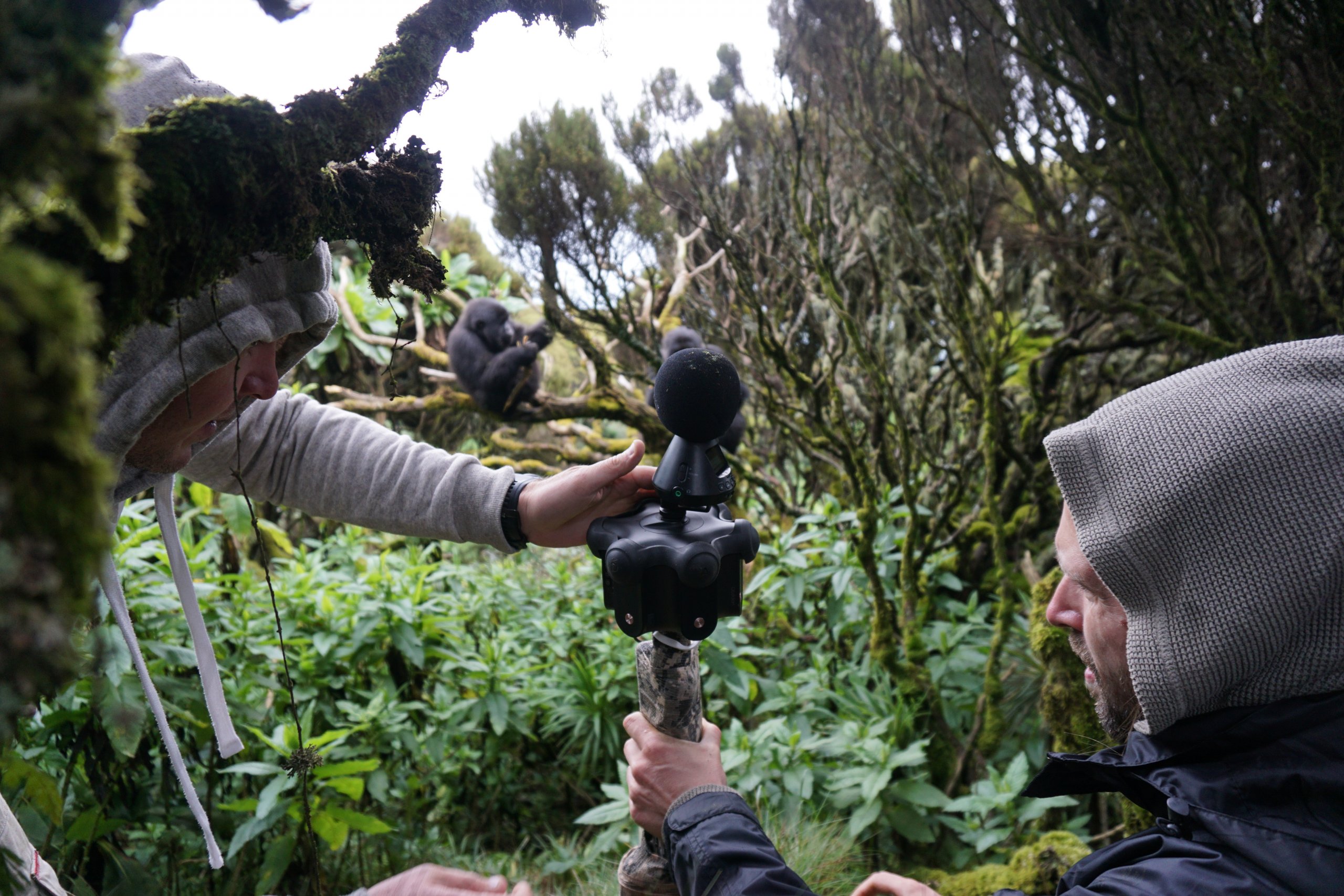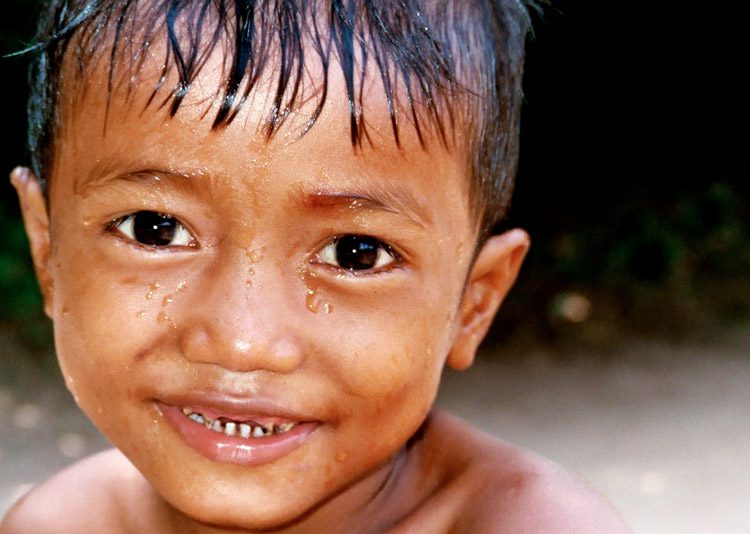Schlagwort: VR for Good
-

Protecting Gorillas Through the Power of VR
Reading Time: 6 minutesThe Ellen Fund Presents: Gorillas in VR is a beautifully ambient experience with spatial audio allowing people to spend a few intimate moments with wild critically-endangered mountain gorillas in the volcanic jungles of northern Rwanda. Produced by award-winning immersive studio Habitat XR, the experience was a collaboration between famed talk show host…
-

How VR can help in the fight to prevent human trafficking
Reading Time: 11 minutesMuch has been said about the potential for virtual reality to be an ‘empathy machine’, to grant understanding of situations and emotions that might be hard to realize in other mediums. The non-profit Prevent Human Trafficking is using 360 videos and VR to help people understand the very real problem of human…

